Iran, Saudi Arabia, Rwanda: Dangerous places now tourist hot spots
IT once seemed adventurous to travel to South America, let alone a country with mass slaughter in its history. Now we are heading there in droves.

Travel
Don't miss out on the headlines from Travel. Followed categories will be added to My News.
TWENTY years ago it was only the most intrepid travellers who would venture through South America. Now, you’d be hard-pressed to find someone who hasn’t been — or who doesn’t at least have the continent on their bucket list.
But while globalisation and mass tourism has opened the world to the paths which were once less travelled, other countries have still found it difficult to shake their reputation and attract visitors. Until now.
As a new generation of younger travellers traverse the globe, each seeking out a different and more unique experience than the last, countries that have long been held as tourist black-zones are having their genesis.
RWANDA
For anyone born before the 90s, travelling to Rwanda — the country home to one of the most horrific mass slaughters in the history of the world — seems crazy.
Over the course of 100 days from April 7, 1994, between 800,000 and a million Rwandans were brutally and systematically murdered by their own people.
The exact number is not known, but it is estimated that about 20 per cent of the entire Rwandan population was massacred.
On average about six men, women and children were killed every minute of every hour of every day for three months. It’s hard to shake that history, leaving the East African country off the bucket list for many travellers for the past two decades.
But now the government is making a concerted effort to attract more tourist dollars and each year, the country is welcoming more and more excited foreign visitors — lured by the rugged volcanic landscapes, lush forests, idyllic beaches and incredible wildlife.
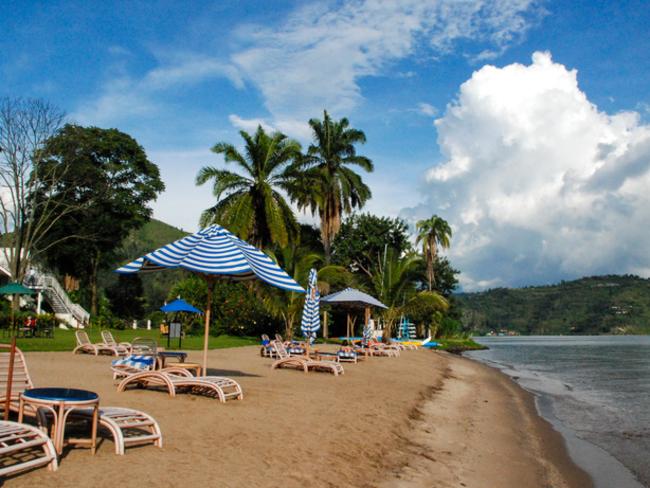
In just four short years, from 2010 to 2014, the number of tourists increased by more than 80 per cent, according to the National Institute of Statistics of Rwanda. In 2014, the country welcomed more than 1.2 million visitors.
According to Bloomberg, the tourism industry has even pushed past coffee to become Rwanda’s top foreign exchange earner, grossing $400 million in 2016. And its tourism industry is expected to keep growing because it is about to get even easier to travel there.
This month, the Republic of Rwanda approved the establishment of new visa rules that will allow travellers from any country to get a visa on arrival without any prior application. This new rule will go into effect on 1 January, 2018.
Previously, only citizens of certain African countries and a couple of other nations were able to get a visa when entering the country.
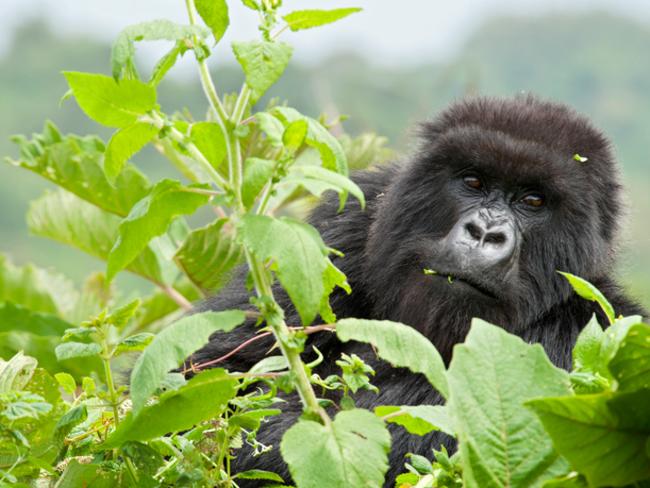
This coincides with a number of other recent efforts aimed at making travel to Rwanda simpler. Earlier this year, the majority-state-owned carrier RwandAir announced that it would begin three weekly non-stop flights from London Gatwick to Kigali, the capital of Rwanda, bringing travellers from Europe directly into the country for the first time with the carrier.
SAUDI ARABIA
Even if you wanted to abide by the Australian government’s warning to “reconsider” your travel to the ultraconservative Arab nation, you wouldn’t have been able to visit anyway.
Saudi Arabia — known for its extremely strict laws regulating women’s dress, gender segregation, consumption of alcohol and religious freedoms — has actively turned tourists away in the past, restricting visas to people travelling to the country for work or to visit its holy sites.
Each year, the kingdom welcomes millions of Muslims pilgrims who come to visit Mecca but now it is gearing up to attract conventional tourists, aiming for 30 million visitors a year by 2030 — up from 19 million who visited in 2016, according to the Saudi Commission for Tourism & National Heritage.

To do so, CNN reports that the government is now planning to issue its first tourist visas in 2018.
“The targets are people who want to literally experience this country and the grandness of this country,” Prince Sultan bin Salman, head of the Saudi tourism and national heritage commission, told CNNMoney’s Richard Quest.
This news comes just after the middle-eastern country unveiled plans to build a “semi-autonomous” visa-free travel destination along its northwestern Red Sea coast, where its restrictions on women’s dress, gender segregation and other conservative norms could be waived.
Already, the country has opened its doors to more entertainment in order to generate more local spending and appease the country’s burgeoning youth population.
The Red Sea project and is being headed by Saudi Arabia’s Crown Prince of Saudi Arabia, Mohammad Bin Salman Al Saud, who wants to lessen Saudi Arabia’s dependence on oil exports for revenue and sees a major tourism push as the chance to do so, as a part of his Vision 2030 plan.
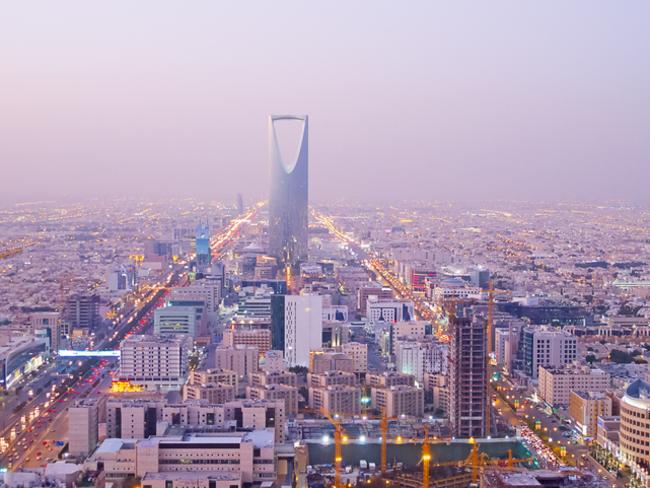
The resort area will incorporate popular holiday activities such as diving attractions, protected coral reefs, dormant volcanoes, and a nature reserve, with some areas resembling the luxury hotels, islands and lagoons of the Maldives.
Trips to Saudi Arabia’s ancient ruins of Mada’in Saleh, classified as a UNESCO World Heritage site will also be a drawcard, along with parachuting, trekking and rock climbing.
IRAN
Three decades ago, Iran was perhaps the most dangerous place in the world to visit. Even just three years ago, it was difficult and risky to travel to. Now, it is an emerging tourist destination luring travellers from across the globe.
Tourism to the Middle Eastern country has increased almost tenfold in the past two decades, with Iran welcoming more than 5.2 million foreign visitors to its shores in 2015, according to figures from The World Bank.
This is despite news coverage of Iran being overwhelmingly negative for decades, led by the Iranian Revolution in 1979 and the resulting US hostage crisis. Later the country was named as one of George W. Bush’s three ‘Axis of Evil’ nations.
Its government has been also called out by Human Rights Watch for the high number of executions and suppression of freedom of expression.
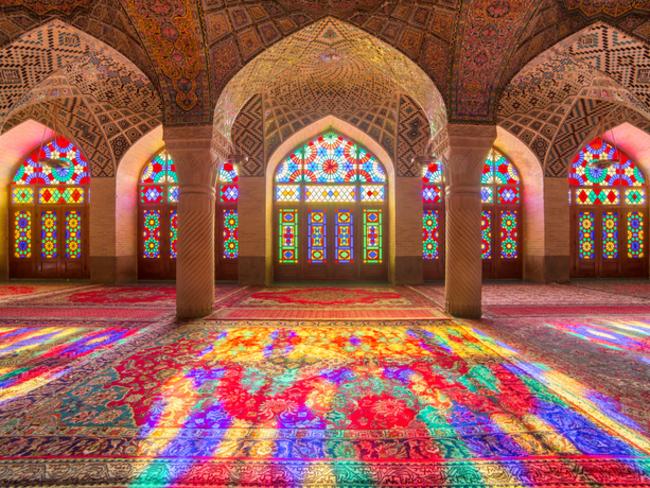
But while the Department of Foreign Affairs (DFAT) advises Australians to exercise a “high degree of caution” if they travel there, Iran has opened up to global tourism, allowing foreigners to experience the side of the country that isn’t doom and gloom.
“People go to Iran and they realise it is not the country they expected,” Dr James Barry, Associate Research Fellow at the Alfred Deakin Institute for Citizenship and Globalisation told news.com.au.
After the Iranian Revolution in 1979 — which overthrew the US-supported, pro-Western Pahlavi monarchy to become an Islamic Republic — the country built up a reputation of being closed-off, anti-west, and anti-tourist.
But when President Hassan Rouhani came to power in 2013, he firmly cemented tourism as a top priority for rebuilding Iran’s struggling economy.
He overhauled the visa process, making it much easier to receive a tourist visa to enter Iran, removed a restriction on American tourists, and, most importantly, negotiated the Iran nuclear deal in 2015.
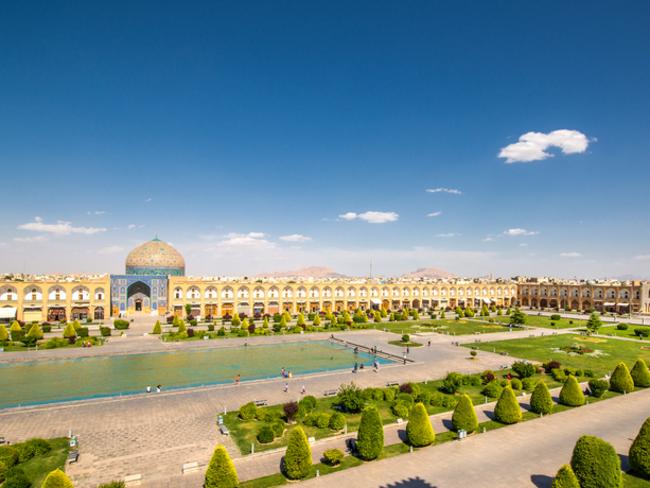
Under the agreement between Iran and six world powers, President Rouhani promised to limit sensitive nuclear activities in exchange for a removal of the crippling economic sanctions isolating the country from the rest of the world following the revolution.
This allowed foreign businesses to operate in Iran, including global tour operators, travel companies and hotels.
Accor was the first international company to open hotels — an Ibis and Novotel outside Tehran’s Imam Khomeini airport — after the historic nuclear deal.
So as easier travel led to more and more people arriving, a country that had once been sceptical of foreign visitors were now embracing them.
By 2025, under the country’s tourism vision plan, Iran is hoping to reach 20 million visitors a year, which could bring in an estimated $30 billion from tourism income.
Originally published as Iran, Saudi Arabia, Rwanda: Dangerous places now tourist hot spots


